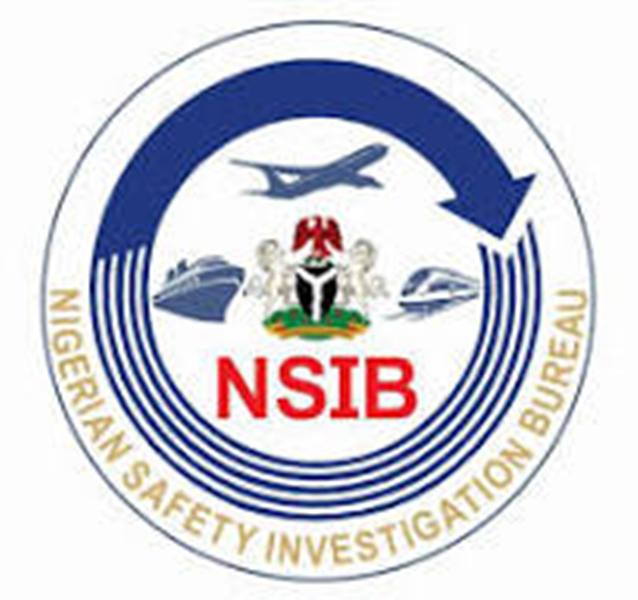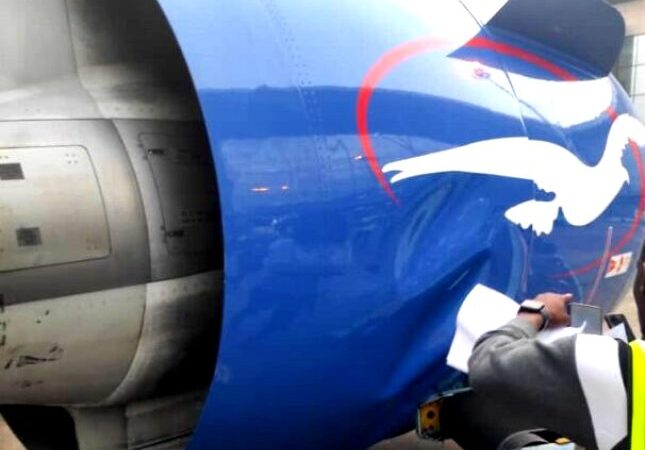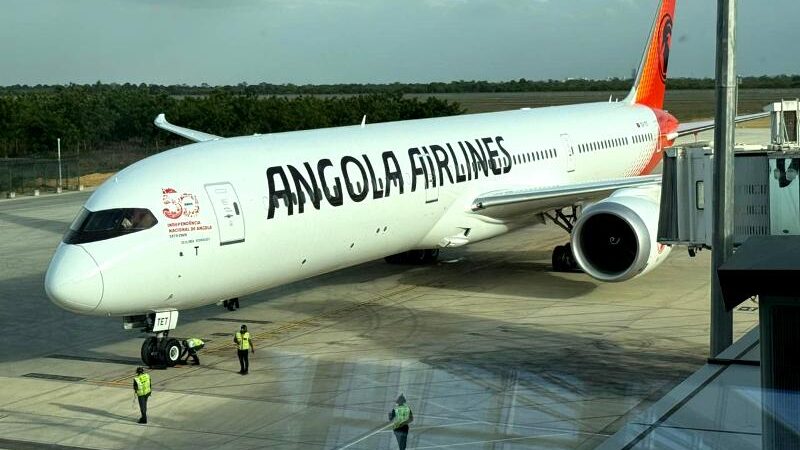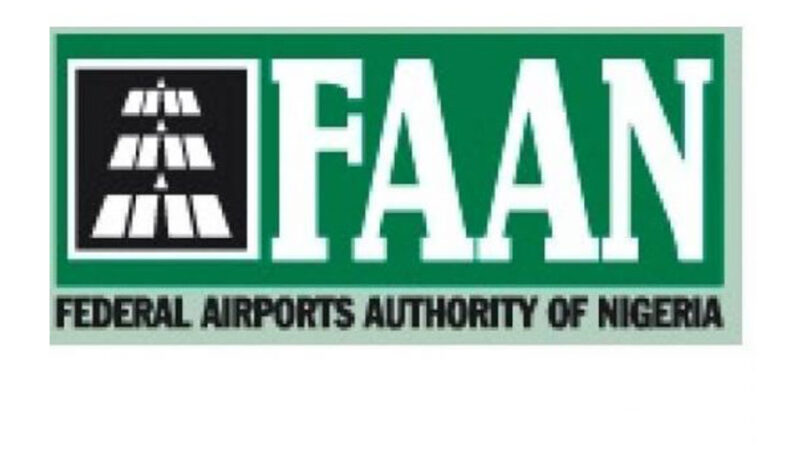NSIB Wants United Nigeria Airlines To Always Ascertain A Problem Root Cause

Nigeria Safety Investigation Bureau (NSIB) says “United Nigeria Airlines should Always Ascertain the Root cause of a Problem by every Approved means.”
This was the safety recommendation in the NSIB Final Report on the Serious Incident involving Embraer 145LR aircraft operated by United Nigeria Airlines Limited with nationality and registration marks 5N-BWW, which occurred at about 4000 feet climbing out of Nnamdi Azikiwe International Airport, Abuja, Nigeria on November 17, 2021.
On that day at about 08:29h, the aircraft was scheduled to depart Nnamdi Azikiwe International Airport (DNAA) Abuja for Murtala Muhammed International Airport (DNMM) Lagos as flight NUA0505 on an Instrument Flight Rule (IFR) flight plan. On board were 47 persons including four crew members (Captain, First officer and two Cabin crew), with 3 hours and 17 minutes of fuel endurance. The Captain was the Pilot Monitoring (PM), while the First officer was the Pilot Flying (PF). The aircraft was scheduled to operate six sectors for that day. The first sector, Lagos to Abuja, was uneventful.
At about 08:30 h, NUA0505 requested startup clearance from Abuja Ground Control (AGC) for the second sector of the day. AGC granted approval for NUA0505 to start with the squawk code 0417. At 08:33 h, NUA0505 requested taxi clearance, and AGC acknowledged and cleared the aircraft for taxi to the holding point runway 22. NUA0505 commenced taxi and reported to AGC. The AGC then transferred NUA0505 to Abuja Tower on the frequency 118.6 Mhz.
At about 08:37 h, NUA0505 reported ready in sequence. The tower instructed NUA0505 to line up and wait on runway 22 and prepare for immediate takeoff. At about 08:39 h, Tower cleared NUA0505 for takeoff runway 22 and to maintain runway heading after departure. While the aircraft was lining up for takeoff, an Engine Indicating and Crew Alerting System (EICAS) advisory message “E1 OIL IMP BYP” came ON. The crew consulted the Quick Reference Handbook (QHR) for the Embraer 145, Emergency/Abnormal procedure, which says it was a crew awareness message.
At 08:40 h, NUA0505 flight crew commenced the takeoff roll. After takeoff, the Tower transferred NUA0505 to radar on frequency 127.9 Mhz , which was acknowledged. Radar instructed NUA0505 to turn right direct position VONUK, climb, and maintain FL 280. NUA0505 acknowledged.
According to the flight crew, “During the climb, there was a loud bang from the rear, and all engine parameters were checked and all in green. At about 4,000 ft, we heard another noise followed by a flameout.”
At 08:43 h, the Pilot declared MAYDAY and requested to turn direct Runway 04, DNAA, for approach. Radar instructed NUA0505 to turn and establish runway 04, cleared for visual approach runway 04, and report field insight and squawk 7700. Air Traffic Control (ATC) reports indicated that NUA0505 executed a hold for over 5 minutes between 2NM and 5NM before establishing final for runway 04. The Tower then cleared NUA0505 to land runway 04. At 08:53 h, NUA0505 landed safely, taxied to the apron, and parked.
All occupants of the aircraft disembarked normally without injury. After landing, ATC cancelled the emergency. The incident occurred in daylight at about 08:42 h and in Visual Meteorological Conditions (VMC).
Findings from investigations were that the flight crew were licensed and qualified to conduct the flight. The aircraft had a valid Certificate of Airworthiness. The aircraft was scheduled for six sectors for that day. The incident occurred in the second sector. An EICAS Advisory Message “E1 OIL IMP BYP” came ON while the aircraft lined up for takeoff. The flight crew heard a loud bang from the rear during the takeoff roll. At about 4,000 ft, the flight crew heard another bang. At 08:43 h, the flight crew declared MAYDAY.
Emergency services were duly informed at 08:45 h. The ATC later cancelled the Emergency alert. NUA0505 landed safely on runway 04 at 08:53 h. At the engine repair facility, Standard Aero, USA, no. 4 bearing failure was discovered.
The causal factor was “Failure of the No. 4 bearing of engine No. 1 leading to the engine flameout at 4,000 ft” while contributory factor was that “the inability to probe beyond borescope inspection is the cause of the impending bypass advisory message.”






